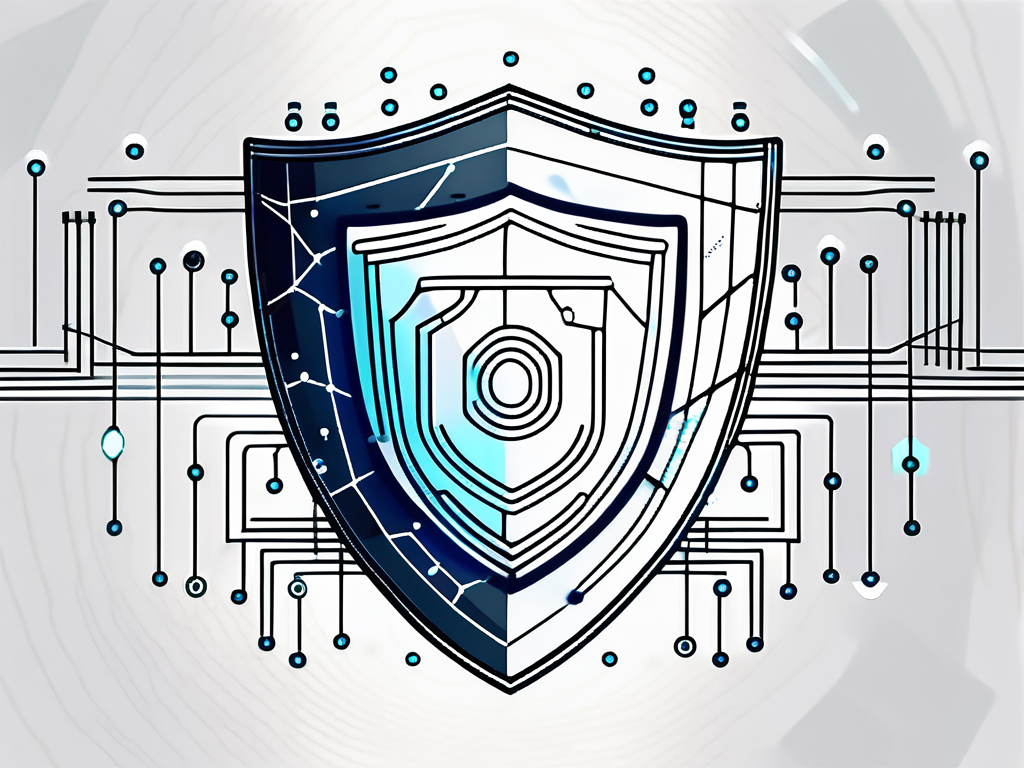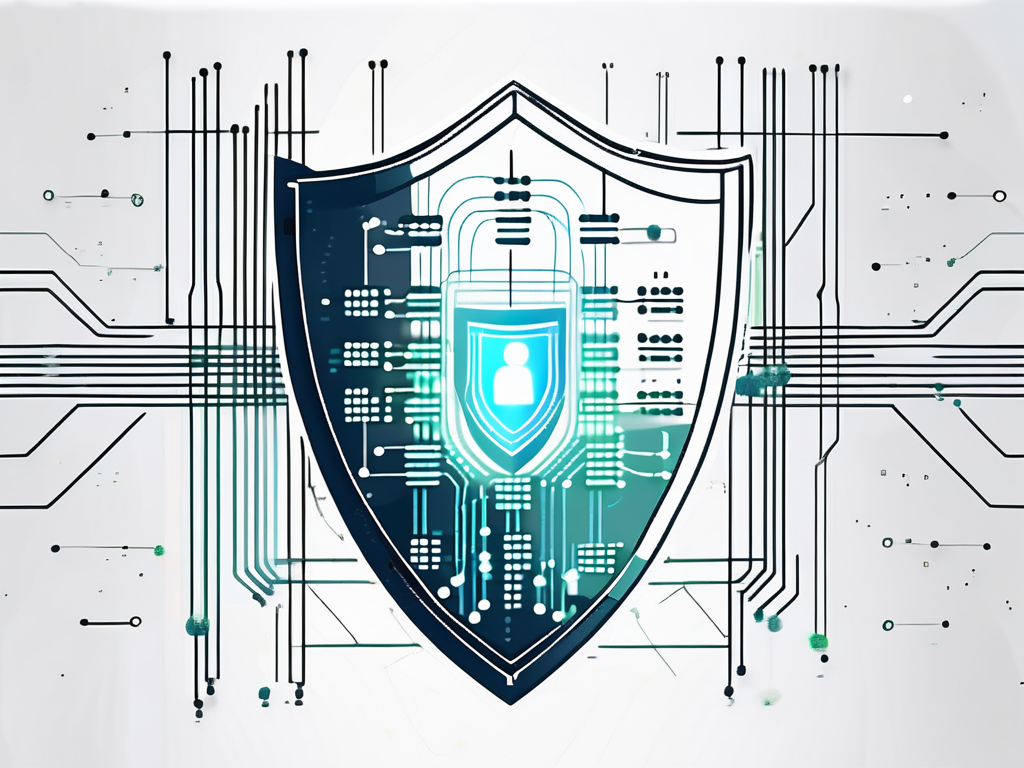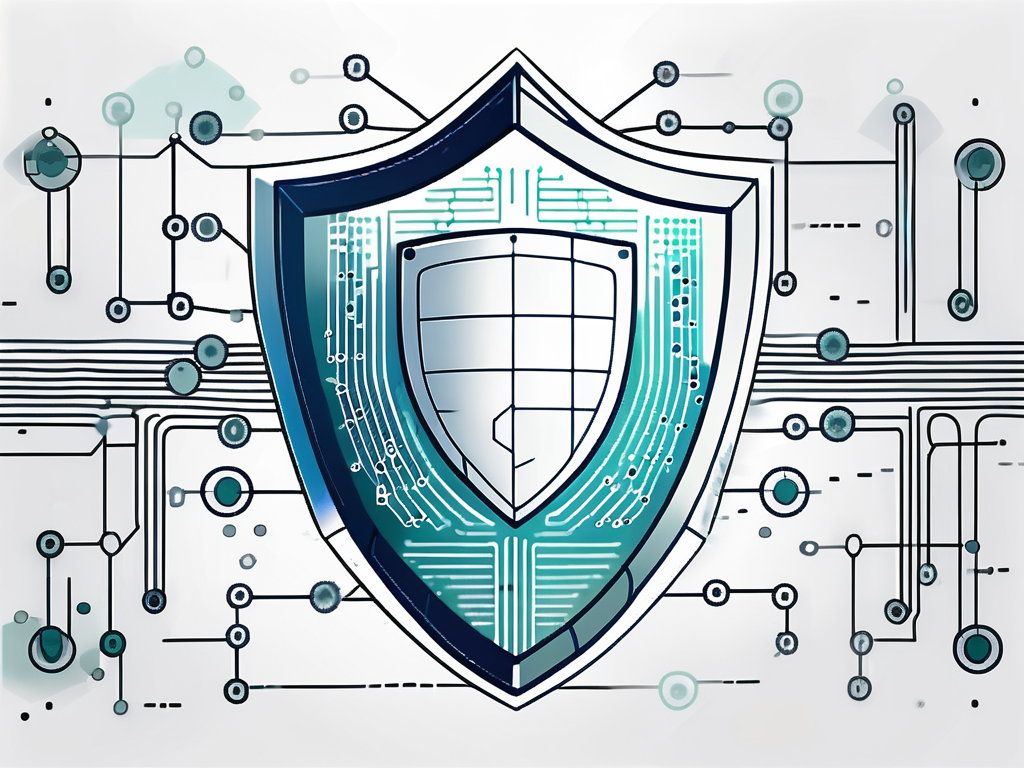Cyber liability insurance is a type of insurance coverage designed to protect businesses against financial losses resulting from cyber risks and data breaches. In today’s digital age, where businesses heavily rely on technology and data, the need for cyber liability insurance has become increasingly important. This article aims to provide a comprehensive understanding of cyber liability insurance, its key components, the types of risks it covers, and how businesses can evaluate their need for this type of insurance. Additionally, we will explore important factors to consider when choosing the right cyber liability insurance policy and discuss the claims process in case of a cyber incident.
Understanding Cyber Liability Insurance
Definition and Importance of Cyber Liability Insurance
Cyber liability insurance, also known as cyber risk insurance or cybersecurity insurance, is a specialized insurance policy that protects businesses from losses and liabilities resulting from cyberattacks and data breaches. It covers both first-party and third-party losses, including financial losses, costs of recovering from a cyber incident, legal expenses, reputation damage, and more.

In today’s interconnected world, businesses face constant threats from cybercriminals who exploit vulnerabilities in their digital infrastructure. The consequences of a cyber attack can be devastating, resulting in financial losses, legal complications, and reputational damage. Cyber liability insurance helps businesses mitigate these risks and recover faster in the event of a cyber incident.
Key Components of Cyber Liability Insurance
A cyber liability insurance policy typically consists of several key components that provide comprehensive coverage against different risks. These components may include:
- Data breach and information loss coverage: This component covers the costs associated with a data breach, including forensic investigations, notification and credit monitoring services for affected individuals, and potential legal liabilities.
- Business interruption coverage: In the event of a cyberattack or system failure that disrupts business operations, this component covers the financial losses resulting from the interruption, such as lost revenue, ongoing expenses, and additional expenses incurred for business continuity.
- Cyber extortion and ransomware coverage: This component provides coverage for expenses related to cyber extortion and ransomware attacks, including ransom payments, legal assistance, and crisis management.
Another important component of cyber liability insurance is network security liability coverage. This coverage protects businesses from liabilities arising from the failure to prevent unauthorized access to their computer systems or networks. It includes legal expenses, settlements, and judgments resulting from lawsuits filed by affected parties.
Furthermore, some cyber liability insurance policies also offer public relations and crisis management coverage. In the aftermath of a cyber incident, businesses may face significant reputational damage. This coverage helps businesses manage their public image, including the costs of hiring public relations firms, conducting damage control campaigns, and rebuilding trust with customers and stakeholders.
It’s worth noting that cyber liability insurance policies can be tailored to meet the specific needs of different industries and businesses. For example, healthcare organizations may require additional coverage for HIPAA violations, while e-commerce businesses may need coverage for payment card industry data security standard (PCI DSS) compliance breaches.
By investing in cyber liability insurance, businesses can protect themselves against the financial and legal consequences of cyberattacks and data breaches. It provides a safety net that allows businesses to focus on their core operations and growth, knowing that they have a comprehensive plan in place to handle cyber risks.
Types of Cyber Risks Covered
Data Breach and Information Loss
Data breaches are a common and significant cyber risk faced by businesses today. Cyber liability insurance covers the costs associated with data breaches, including the expenses of investigating the breach, notifying affected individuals, and providing credit monitoring services. It may also cover potential legal liabilities arising from the breach.
Furthermore, cyber liability insurance can help businesses recover from the reputational damage caused by a data breach by providing resources for public relations efforts and crisis management.
Imagine a scenario where a small e-commerce company experiences a data breach. Personal information of their customers, including names, addresses, and credit card details, is compromised. With cyber liability insurance, the company can quickly respond to the breach by hiring a team of cybersecurity experts to investigate the incident. They can also notify the affected customers promptly, offering credit monitoring services to mitigate the risk of identity theft. The insurance coverage not only helps the company financially but also demonstrates their commitment to customer protection, rebuilding trust in their brand.
Business Interruption from Cyber Attacks
Cyberattacks can disrupt business operations, leading to significant financial losses. This can happen due to a ransomware attack that encrypts business data, causing the business to lose access to its critical systems and information until a ransom is paid.
Cyber liability insurance can help businesses recover from the financial impact of business interruptions caused by cyberattacks. It covers the lost revenue, ongoing expenses, and additional expenses incurred to restore business operations, such as hiring IT experts or consultants to resolve the issue.
Consider a manufacturing company that falls victim to a sophisticated cyberattack. The attack paralyzes their production systems, leading to a complete halt in operations. With cyber liability insurance, the company can quickly respond by engaging a team of cybersecurity professionals to identify and mitigate the attack. The insurance coverage also provides financial support to cover the lost revenue during the downtime and the costs of restoring their systems. This allows the company to resume operations swiftly, minimizing the impact on their customers and maintaining their competitive edge in the market.
Cyber Extortion and Ransomware
Cyber extortion is a growing concern for businesses, with cybercriminals often demanding hefty ransoms to release encrypted data or refrain from launching attacks. Cyber liability insurance provides coverage for the expenses related to cyber extortion incidents, including ransom payments, legal assistance, and crisis management.
Picture a scenario where a large financial institution becomes a target of a ransomware attack. The cybercriminals encrypt critical customer data and demand a substantial ransom to restore access. With cyber liability insurance, the institution can navigate this challenging situation by involving law enforcement agencies and cybersecurity experts to negotiate with the attackers. The insurance coverage not only covers the ransom payment but also provides legal assistance to ensure compliance with any regulatory requirements. Additionally, the coverage supports crisis management efforts, allowing the institution to communicate transparently with its customers and stakeholders, mitigating the potential reputational damage.
Evaluating the Need for Cyber Liability Insurance
Assessing Your Business’s Cyber Risk
Before considering cyber liability insurance, it is crucial to assess your business’s specific cyber risks. Conducting a comprehensive risk assessment can help identify vulnerabilities, potential threats, and the potential financial impact of a cyber incident. This evaluation will help determine the appropriate level of coverage needed for your business.
Factors to consider when assessing cyber risk include the sensitivity of your data, industry regulations, the type and volume of data you handle, the sophistication of your IT systems, your network security measures, and your employees’ cybersecurity awareness.
The Role of Cyber Liability Insurance in Risk Management
Cyber liability insurance should not be considered as a standalone solution for cybersecurity. It plays a crucial role in a comprehensive risk management strategy, complementing other cybersecurity measures such as firewalls, antivirus software, employee training, and incident response plans.
By investing in cyber liability insurance, businesses can transfer some of the financial risks associated with cyber incidents to insurance providers, reducing the potential impact on their bottom line and allowing them to focus on timely remediation and recovery.
Choosing the Right Cyber Liability Insurance
Factors to Consider When Choosing a Policy
When selecting a cyber liability insurance policy, businesses should consider several important factors to ensure adequate coverage. These factors include:

- Policy limits: Determine the appropriate coverage limits to meet your business’s specific needs and potential financial exposure in the event of a cyber incident.
- Deductibles: Evaluate the deductibles associated with the policy, which is the amount you would need to pay out of pocket before the insurance coverage kicks in.
- Scope of coverage: Review the policy to understand what types of cyber risks are covered, including data breaches, business interruptions, cyber extortions, and more.
- Exclusions and limitations: Take note of any exclusions or limitations in the policy, such as coverage for certain industries, specific types of attacks, or pre-existing vulnerabilities.
Understanding Policy Terms and Conditions
It is essential to carefully read and understand the terms and conditions of a cyber liability insurance policy before making a decision. Consult with insurance professionals or legal advisors to clarify any ambiguities and ensure that the policy meets your business’s specific requirements. Pay attention to renewal terms, retroactive dates, notice requirements, and any other conditions that may impact coverage.
Claims Process in Cyber Liability Insurance
Reporting a Cyber Incident
In the event of a cyber incident, it is crucial to report it to the insurance provider as soon as possible, following the stipulated reporting procedures outlined in the policy. Promptly reporting the incident ensures that the claims process can kick off in a timely manner, allowing for efficient investigation and potential recovery.

Provide all relevant details, including the nature of the incident, the date and time it occurred, the potential financial impact, and any other pertinent information requested by the insurance provider.
Navigating the Claims Process
The claims process for cyber liability insurance involves working closely with the insurance provider to gather necessary documentation, engaging in investigations and data analysis, and determining the extent of financial losses or liabilities incurred. It is important to maintain clear communication throughout the process and provide any additional information or documentation requested by the insurance adjusters in a timely manner.
By following the claims process diligently and providing all required information, businesses can expect a smoother and more efficient resolution to their cyber liability claims.
Conclusion
Cyber liability insurance is an essential tool for businesses in today’s interconnected world. It helps protect businesses from the financial risks and liabilities associated with cyber incidents, including data breaches, business interruptions, and cyber extortions. By understanding the key components of cyber liability insurance, evaluating the need for coverage, choosing the right policy, and navigating the claims process effectively, businesses can mitigate their cyber risks and ensure a more secure digital environment.
Remember, while cyber liability insurance is an important step in managing cyber risks, it should always be combined with comprehensive cybersecurity measures to create robust protection against evolving cyber threats.
